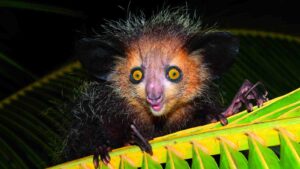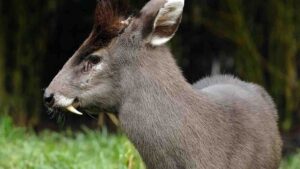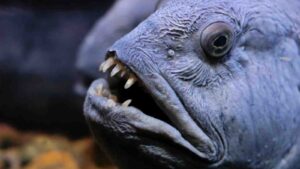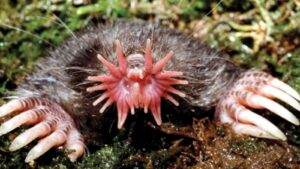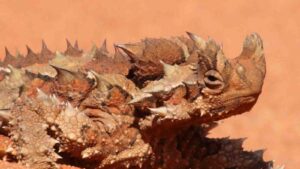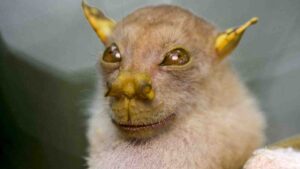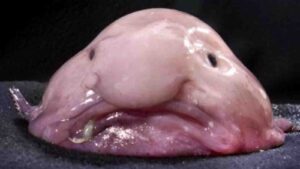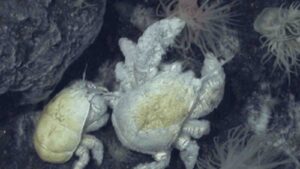Ultimate Animals You Won’t Believe Exist
Summary
Top 25 Ultimate Animals You Won’t Believe Exist. Nature is truly full of surprises. According to some scientific research, there are almost 9 million animal species in the world! It is natural that we know very few of them. How […]

Top 25 Ultimate Animals You Won’t Believe Exist. Nature is truly full of surprises. According to some scientific research, there are almost 9 million animal species in the world! It is natural that we know very few of them.
How do you feel when a new, bizarre creature makes an appearance in front of your eyes? They may be cute or terrifying.
It’s no wonder that we do not know all of them, but still, there are unreal creatures out there that are too freaky to handle. We are too excited to present the Top 25 ultimate animals you won’t believe existed:
Video: Ultimate Animals You Won’t Believe Exist
pangonil
This odd mammal, native to Africa, is covered with extremely hard scales. When threatened, it will usually roll up into a ball, thus protecting its vulnerable belly. Capable of walking on two legs, the ground pangolin walks on its hind legs when searching for food while using its forelegs and tail for balance.
Little is known about the pangolin, as it is difficult to study in the wild. Pangolins are solitary animals and only interact for mating. The lifespan of the pangolin is unknown, but the observed lifespan in captivity is 20 years.
Abyssinian ground hornbill
Also called the northern grand hornbill, it is an African bird found north of the equator. The male has a red throat pouch, and the female has a blue throat pouch. Modified feathers form long eyelashes, which protect their eyes from dust.
Abyssinian ground hornbills are preyed on by large carnivores, such as leopards. Human predation for food occurs in some countries, including northern Cameroon and Burkina Faso. The nests may be preyed upon by smaller terrestrial predators. Abyssinian ground hornbills are not a normal quarry for commercial hunters, although they are not uncommon in captivity in zoos.
Video: Ultimate Animals You Won’t Believe Exist
Goblin shark
Sometimes called a “living fossil,” it is usually between 10 and 13 feet long when mature, but since it lives at depths of 330 feet and more, it does not pose any danger to humans.
The goblin shark has been caught in all three major oceans, indicating a wide global distribution. A few specimens have been collected alive and brought to public aquariums, though they only survived briefly. One was kept at Tokai University and lived for a week, while another was kept at Tokyo Sea Life Park and lived for two days.
Scotoplanes
Commonly known as sea pigs, these little deep sea animals live on ocean bottoms, typically at depths of over 0.6 miles. Scientists confirmed scotoplanes are deposit feeders and obtain food by extracting organic particles from deep-sea mud.
They live on deep ocean bottoms, specifically on the abyssal plain in the Atlantic, Pacific, and Indian Oceans. Some related species can be found in the Antarctic. It has been observed to demonstrate strong preferences for rich, organic food that has freshly fallen from the ocean’s surface.
Striated frogfish
This small fish, just about 8–9 inches long, has the capacity to change coloration and pigment pattern. The first dorsal spine of the frogfish tips forward and is used as fishing rod. Its tip has a characteristic worm-like lure that, when waved, attracts unsuspecting prey.
Like other members of its family, it has a benthic and solitary lifestyle. They gather during mating period but do not tolerate each other anymore after the act of fertilization.
Irrawaddy dolphin
This oceanic dolphin is found in discontinuous subpopulations near seacoasts and in estuaries and rivers in parts of the Bay of Bengal and Southeast Asia. An adult can exceed 290 pounds and can reach lengths of up to 7.5 feet.
These dolphins are thought to reach sexual maturity at seven to nine years. In the Northern Hemisphere, mating is reported from December to June. Its gestation period is 14 months; cows give birth to a single calf every two to three years.
Red-lipped batfish
This unreal-looking little fish species can be found around the Galapagos Islands at depths of 100 feet or more. Batfish are not good swimmers; they use their highly-adapted pectoral fins to “walk” on the ocean floor. It eats shrimp, small fish, crabs, etc.
The red-lipped batfish has no known direct threats. However, rising sea temperatures and coral bleaching could pose a threat, as it would alter the natural habitat and may cause a decline in the availability of a natural food source.
Mantis shrimp
Mantis shrimps have powerful claws that they use to attack and kill prey by spearing, stunning, or dismemberment. When kept in captivity, some larger species are capable of breaking through aquarium glass with a single strike.
They are voracious predators, eating other desirable inhabitants of the tank. Some rock-burrowing species can do more damage to live rock than the fisherman would prefer.
Pink fairy armadillo
This funny creature you won’t believe actually exists! It is the smallest species of armadillo mammals, mostly known for having a bony armor shell. Endemic to central Argentina, these armadillos primarily feed on ants and larvae.
This armadillo species is found in several protected areas, including the Lihué Calel National Park. Both national and provincial legislation is in place specifically protecting the species.
Read More: Most Insane Banned Waterslides You Can’t Go On Anymore
Lion’s mane jellyfish
Also known as hair jelly, it is the biggest known species of jellyfish in the world. The largest recorded specimen washed up on the shore of Massachusetts Bay in 1870 and had a bell with a diameter of 7 feet 6 inches and tentacles 120 feet long.
As cold-water species, these jellyfish cannot cope with warmer waters. The jellyfish are pelagic for most of their lives but tend to settle in shallow, sheltered bays toward the end of their one-year lifespan.
Boxer crab
These little crabs are notable for their mutualism with sea anemones, which they hold in their claws for defense. In return, the anemones get carried around, which enables them to capture more food particles.
They are notable for their mutualism with sea anemones, which they hold in their claws for defense. In return, the anemones get carried around, which may enable them to capture more food particles with their tentacles.
Cantor’s giant turtle
This freshwater turtle can be easily identified by its smooth, olive-colored coat. With up to 6 feet in length, the turtle spends 95% of its life buried and motionless, with only its eyes and mouth protruding from the sand. It has been considered to be among the largest extant freshwater turtles.
The species is endangered and, in the 20th century, has disappeared from much of its former range.
Malayan Colugo
Until recently, it was thought to be one of only two species of flying lemurs, the other being the Philippine flying lemur, which is found only in the Philippines. The head-body length of the Sunda flying lemur is about 33 to 42 cm.
Sunda flying lemurs live either solitary or in small groups that are loosely connected. They can be territorial in foraging and sleeping areas. They are mainly nocturnal. They are strictly arboreal, and in the daytime, they sleep high within dense foliage in the treetops or in holes in trees. With all four of their feet, they cling on to the trunk of a tree or the underside of branches.
Dugong
This large marine mammal is one of four living species of the order Sirenia and is the only strictly marine herbivorous mammal. Sadly, due to extensive hunting for their meat and oils, the Dugong is close to extinction.
The Australian state of Queensland has sixteen dugong protection parks, and some preservation zones have been established where even Aboriginal Peoples are not allowed to hunt.
Venezuelan poodle moth
This unreal-looking moth species was identified in 2009 by Dr. Arthur Anker of Bishkek, Kyrgyzstan, in the Gran Sabana region of Venezuela. Hard to believe about this bizarre animal’s existence.
These habitats include moist forest and high rock plateaus known as tepuis. The exact classification of this rather remarkable invertebrate remains impossible at this point due to insufficient information.
Naked mole rat
The naked mole rat, also known as the sand puppy, is a burrowing rodent native to parts of East Africa. Their large, protruding teeth and sealed lips are used to dig while preventing soil from filling their mouths.
It lacks pain sensitivity in its skin, has very low metabolic and respiratory rates, and is also remarkable for its longevity and its resistance to cancer and oxygen deprivation.
Panda ant
These insects have a lovely appearance but have a nasty sting that is excruciatingly painful. This is why they are also called “cow-killers,” since they are capable of knocking out animals much larger than they are.
This species was discovered in 1938 and inhabits the Chilean sclerophyll forests. It has been referred to as the “panda ant” due to its coloration, with a white coat covering all of its head except the eyes and black and white spots appearing over the rest of its body.
Aye – aye
Apart from its frightening appearance, the Aye-Aye is famous for its unusual method of finding food. It taps on trees to find grubs, gnaws holes in the wood using its forward slanting incisors, and then it inserts its narrow middle finger to pull the grubs out.
The aye-aye is often viewed as a harbinger of evil and killed on sight. Others believe if one points its narrowest finger at someone, they are marked for death. Some say that the appearance of an aye-aye in a village predicts the death of a villager, and the only way to prevent this is to kill it.
Tufted deer
It is a small species of deer characterized by a prominent tuft of black hair on its forehead and fang-like canines for the males.
The tufted deer is mainly solitary or found in pairs. It travels in fixed routes about its territory, which is vigorously defended by the males. It is a timid animal and prefers places with good cover where it is well camouflaged. It can be easily disturbed, and, when alarmed, it will let out a bark before fleeing, moving in cat-like jumps.
Wolf fish
This ferocious-looking fish, which is rare and unseen, can reach lengths of up to 39 inches and weigh as much as 90 pounds. Found in the tropical climate of Suriname, it comes out at night to feed on other fish and small invertebrates.
Apart from their unique appearance, wolffish are distinguished by the natural antifreeze they produce to keep their blood moving fluidly in their very cold habitat, involvement by both the male and female in brood bearing, and the large size of their eggs.
Star-nosed mole
It, also known as star-nosed mole, is a small mole found in wet low areas of eastern Canada and the northeastern United States. This little creature is easily identified by the 11 pairs of pink fleshy appendages ringing its snout.
The study of highly specialized systems often allows better insight into more generalized ones. The mole’s striking, star-like structure may reflect a general trend in its “less remarkable” relatives, including humans.
Thorny dragon
It is an Australian lizard that grows up to 8 inches and lives for up to 20 years. They also use their distinct coloration for camouflage.
The thorny devil is covered in hard, rather sharp spines that dissuade attacks by predators by making it difficult to swallow. It also has a false head on its back. When it feels threatened by other animals, it lowers its head between its front legs and then presents its false head.
Tube-nosed fruit bat
This is a species of megabat and is found on islands north of Australia and in Indonesia, Papua New Guinea, the Philippines, and the Solomon Islands. The furry creature gets its name from its distinctive mustard-yellow nose with tubular nostrils. The species group is generally solitary and adopts a daytime roost in dry foliage of the lower to midstorey of the forest.
Blobfish
The flesh of the blobfish is a gelatinous mass with a density slightly less than water. This allows the fish to float above the sea floor without expending energy on swimming. They are typically shorter than 30 cm. They live at depths between 600 and 1,200 m where the pressure is 60 to 120 times as great as at sea level, which would likely make gas bladders inefficient for maintaining buoyancy.
Read More: 20 Most Venomous Snakes in the World You Wont Believe Actually Exist
Yetti crab
The official name of this strange crustacean is Kiwa hirsuta. This decapod, which is approximately 6 inches long, is notable for the quantity of silky blonde hair covering its pereiopods. It was discovered in 2005 in the South Pacific Ocean. This decapod, which is approximately 15 cm long, is notable for the quantity of silky blond setae covering its thoracic legs, including claws.
So which one do you find the bizarre most? Let us know in the comment section.
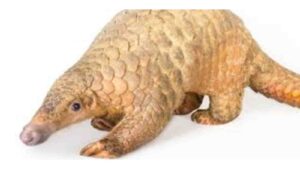
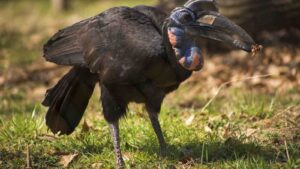
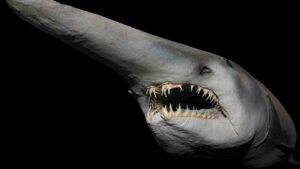
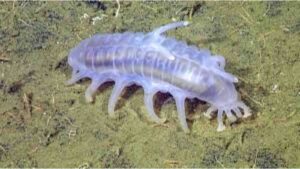
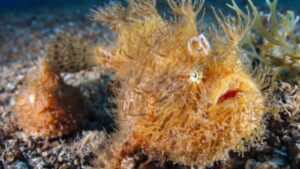

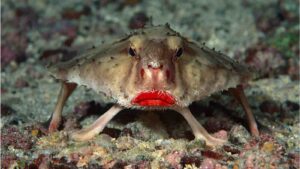
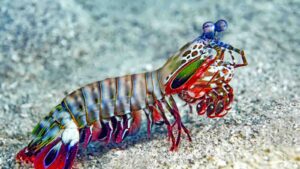
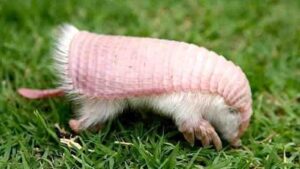
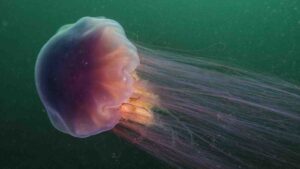
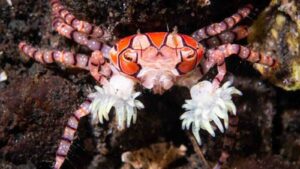
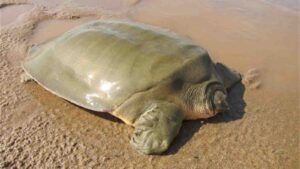
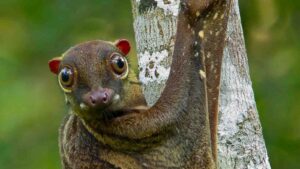
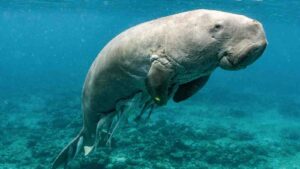
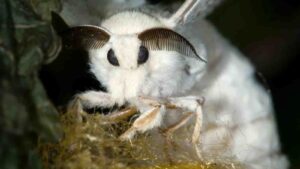
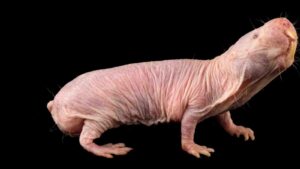
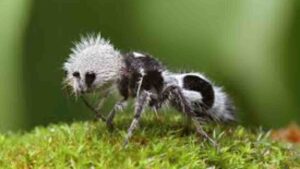 ?
?